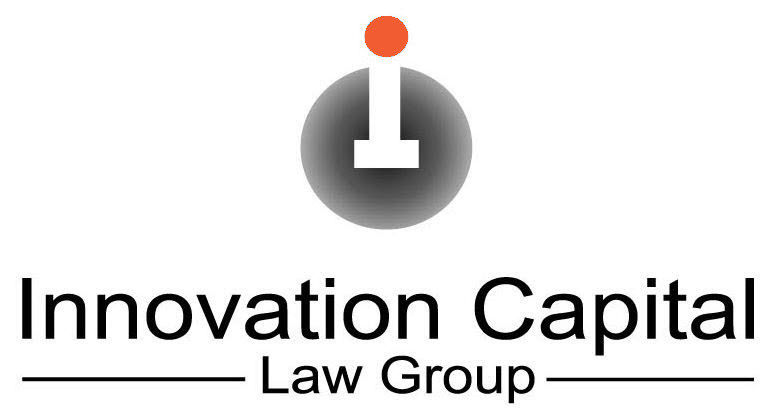Dealing with Difficult Trademark Office Actions
When your trademark application receives a challenging refusal, think twice before doing what everyone else does (i.e., argue). Do you have cost-effective options that might be more effective than arguing against a difficult trademark rejection? A detailed initial assessment of your case by an experienced trademark attorney might lead to a more powerful strategy for registering your mark.
Need to overcome a difficult trademark rejection? Contact US patent and trademark attorney Vic Lin at vlin@icaplaw.com to explore how we can help get your trademark registered.
What trademark rejections are more challenging to overcome?
Some trademark refusals are easier to deal with than others. Here are trademark rejections that are generally more difficult to overcome.
In no particular order, the difficult trademark rejections include:
Let’s explore more cost-effective ways to overcome these refusals.
How to Deal with Merely Descriptive Trademark Refusal
The merely descriptive refusal is a common and difficult refusal. It may be worth submitting arguments in response to a first Office Action. If you receive a second Final Office Action, however, then further arguments might be futile.
Is the Supplemental Register an option? Keep in mind that an Intent-To-Use application cannot go on the Supplemental Register until use evidence has been submitted.
Do you have any evidence of secondary meaning under Section 2(f) that can show acquired distinctiveness?
How to Argue Against a Likelihood of Confusion Refusal
Likelihood of confusion under Section 2(d) is one of the most common and difficult refusals. At the outset, you can minimize the chances of a Section 2(d) refusal by having a knockout search done before applying. Finding highly similar trademarks before submitting your trademark application gives you the opportunity to modify your mark or perhaps pivot to a completely new mark.
Certain arguments are more persuasive in showing that your mark is not confusingly similar to the registered trademarks cited by the USPTO examining attorney. More effective arguments include:
- crowded field
- applicant’s prior registration coexisting with cited registration
- a combination of amendments to the goods or services and reasons why there is no likelihood of confusion with the amended goods/services
How to Deal with a Likelihood of Confusion Final Office Action
What if your arguments regarding no likelihood of confusion are unpersuasive? It might be more cost-effective to consider options to attack any vulnerabilities in the blocking trademark registration.
Is the registered trademark still in use on the relevant goods or services? If not, there are ways to challenge trademark registrations based on nonuse such as cancellation or expungement.
Was the registered trademark used on the goods or services at relevant times during the application process? If not, you can file a request for examination.
Do you have trademark priority over the cited registration, such as an earlier date of first use in commerce? If so, you may leverage to request a consent agreement which can then be submitted to the USPTO in response to the rejection.
How to Deal with a Failure-to-Function Refusal
In many cases, your financial resources may be better spent in applying for a new mark as opposed to arguing against a failure-to-function refusal. Prevailing over a failure-to-function rejection can be quite difficult.
Relevant factors include whether the slogan or alleged informational matter is common, and whether the applied-for mark conveys a clear or specific message. So it may help to argue that the term or slogan is not widespread, and that the message is ambiguous.
Is an Office Action response the best way to deal with a difficult trademark rejection?
Sometimes an Office Action response is not the most effective way to resolve a challenging trademark refusal. When it comes to likelihood of confusion, you should take a closer look at the blocking registrations.
An experienced IP attorney can see if a cited registered trademark has vulnerabilities that can be attacked. Instead of attempting to convince a USPTO trademark examining attorney that your mark is different, it may be more effective to remove the obstacle.
Need to prevail over a difficult trademark rejection?
Contact US patent and trademark attorney Vic Lin at vlin@icaplaw.com to request a flat rate quote for an initial assessment of your trademark situation.


